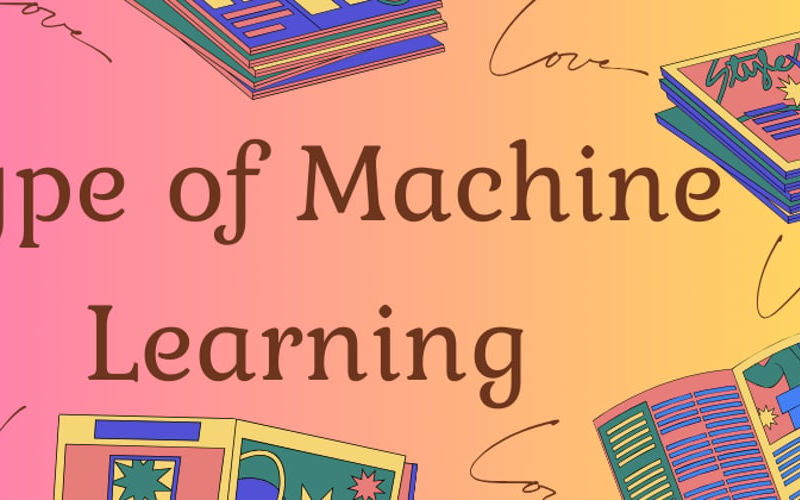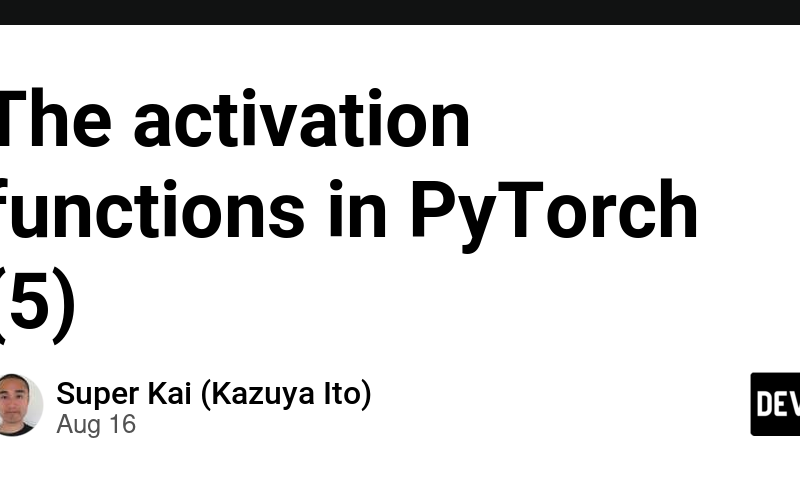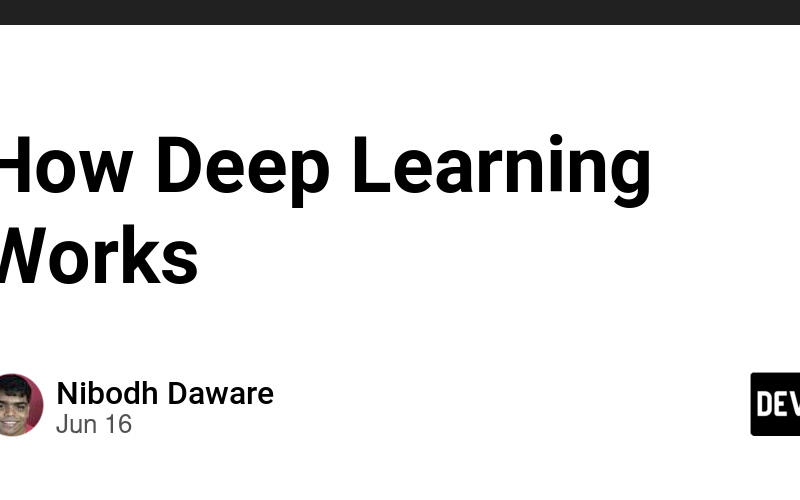20
Oct
隨著LLaMA的更新,模型的能力越來越完善,但我也發現模型變得越來越難微調。主要問題是:經過微調後,模型會明顯失去原本的技能,這就是所謂的「災難性遺忘」(Catastrophic Forgetting)。這個問題在LLaMA-3之後變得更棘手;經過一次迭代就可能導致模型出現結尾停不下來的現象。在LLaMA-3技術報告中也提到了"tail repetition"的相關描述。 網路上有許多文章討論如何在Huggingface拉模型接續訓練而不破壞模型的原本能力,大多提到以下幾種方式: 準備歷史資料一起參與訓練 在目標函數中限制模型不能偏離原本的結果太遠 套用LoRA或其他adaptation技巧 然而,實際經驗顯示,這幾個方法實作效果不佳,或成本過高。例如,如何準備LLaMA-3-Instruct的歷史資料呢?準備這樣的資料可能遠比訓練的新資料更龐大。此外,準備歷史資料與「一筆資料只訓練一次」的經驗準則相衝突。對已經學會的資料進行再訓練,相當於重複訓練同一資料,這會使模型傾向於使用「Ad hoc」的方法,這樣的知識並沒有在模型中合理地被吸收,而是機械地記住答案。LoRA等adaptation方法的效果也有限,僅僅是讓「學習新知識」與「破壞舊知識」的過程變得較慢,讓你在兩者之間尋找妥協點,但我們從未透過此方法獲得令人滿意的結果。看看專家的做法,例如Taiwan LLaMA是從base model開始訓練,自行準備instruction-tuning的資料集,因此沒有這個問題。 解決方法 有效的解決方案是找到「最小修改幅度」的訓練方式。首先,大家通常依照chat template生成輸入和輸出的資料,然後將其丟給模型訓練。這樣的訓練方式無形中讓模型學到許多已經具備的知識,或形成無意中引入的新觀念(例如某種風格傾向)。許多人知道要使用相同模型來輔助生成訓練資料,但這還不夠。理想情況下,應該只訓練關鍵知識的token,而不是讓所有內容參與loss計算。實驗表明,這樣的做法讓我們可以省去DPO等進階訓練方法,只需進行簡單的SFT全參數訓練即可。 另一個有意思的點是:LoRA無法保護模型原本的能力,而你也不需要特別保護。大模型的參數量足夠將各種高階知識分散到不同的參數中。我發現,只要prompt具備完整的知識描述(推理過程),且能夠被attention的QK計算選到,知識就能被正確地放置於模型中。這些attention過程決定了知識是否會互相污染。如果歷史詞不具備推理要素,相當於沒有歷史詞,這等同於讓模型學習「無中生有」地產生某個詞。由於「無中生有」屬於沒有先前條件就會被觸發的知識,它會明顯壓縮模型現有的能力。別忘了,大語言模型儲存知識的空間非常龐大,幾乎可以引入特定知識而感受不到其他能力消失。通過精細調整訓練資料,即可解決問題,並在數千題benchmark考題中保持完全相同的結果。 在準備資料時,不能完全套用傳統機器學習的經驗來設計。差異在於接續訓練時attention的能力早已建立,不是從零開始競爭學習。如果你準備了很多不會被正確attention的提示詞,它們就無法如預期進行學習。反之,也應減少不必要的prompt,因為LLM難免會出現錯誤的attention行為。與其冒險讓模型學到錯誤的關聯,不如刪減冗餘詞彙。 translated by ChatGPT: As LLaMA continues to be updated, the model's capabilities are becoming more refined, but I’ve also noticed that it is increasingly difficult to fine-tune. The main issue is that after fine-tuning, the model significantly loses its original skills, a phenomenon known as "Catastrophic Forgetting." This issue has become more troublesome with LLaMA-3; after just one iteration, the model may exhibit a problem where it can't stop at the end of a response. The LLaMA-3 technical report also mentions this issue, referring…




